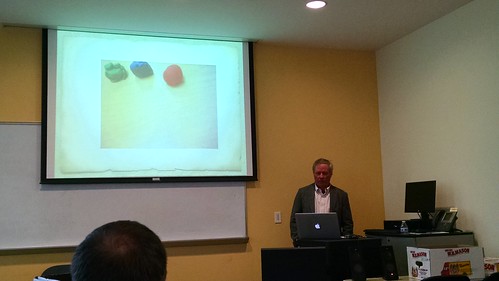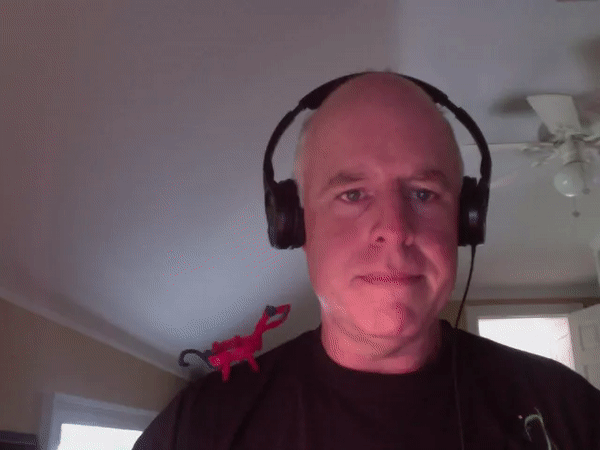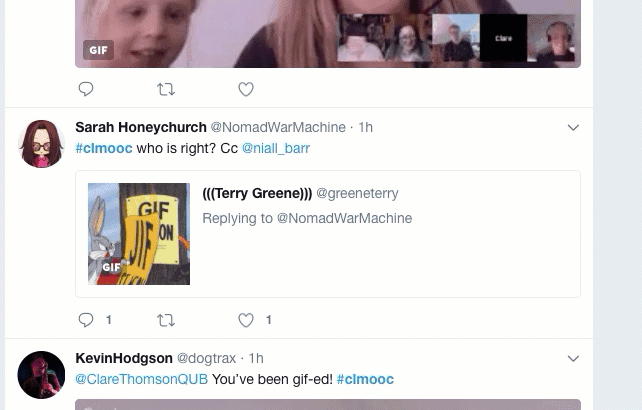
I attended an interesting presentation a few weeks ago by a colleague in my school district, John Heffernan, who shared out work he had done with one of his elementary students with Autism. Using Claymation Moviemaking and storytelling as the doorway, John helped this student make significant gains with social and emotional awareness of others, as well as becoming more connected to the larger school community.
As John told it, he and the special education teacher noticed that this student showed imagination and creativity one day when John shared some stopmotion software with the class. In fact, the teachers were so intrigued that they designed a year-long project in which John, the technology integration teacher, worked with the student regularly on claymation and stopmotion movies.
While the first films were rather sparse, as time went on, the short films, and then the scripts, began to show more emotional range for the characters in a claymation-filled imaginary world that this student began to create and construct, complete with back-stories and theme music. Audio narration added depth to characters. For a child with Autism, this emotional range represented significant progress, particularly using social cues (such as friendship or sadness) in the development of characters.

Later, the student presented his collection of stopmotion movies to his peers, calling on other students with questions and listening with some focus to the interactions of his audience. We watched videos of some of the claymation work, as well as observations of the presentation of movies in the classroom.
As John observed, the characteristic of Autistic children with hyper-intensive attention-to-detail helped with making stopmotion movies — the frame-by-frame shooting of footage is difficult, believe me — as did the malleability of clay characters. Plus, this student invented this entire imaginary world in his mind, which he then worked to bring to life, and to an audience, through movie-making.
I was impressed — with the filmmaking by the student and with the way that John and his teaching colleagues took time to notice the high level interest and then built an entire project for this student around claymation, with the higher goals of fostering more social and emotional growth over time. (John also brought stopmotion into the classroom for the peers, too, who were inspired by the work of this student and wanted to do their own.)
My only disappointment? We didn’t make our own claymation movies in the workshop session.
Peace (mold it, film it),
Kevin











